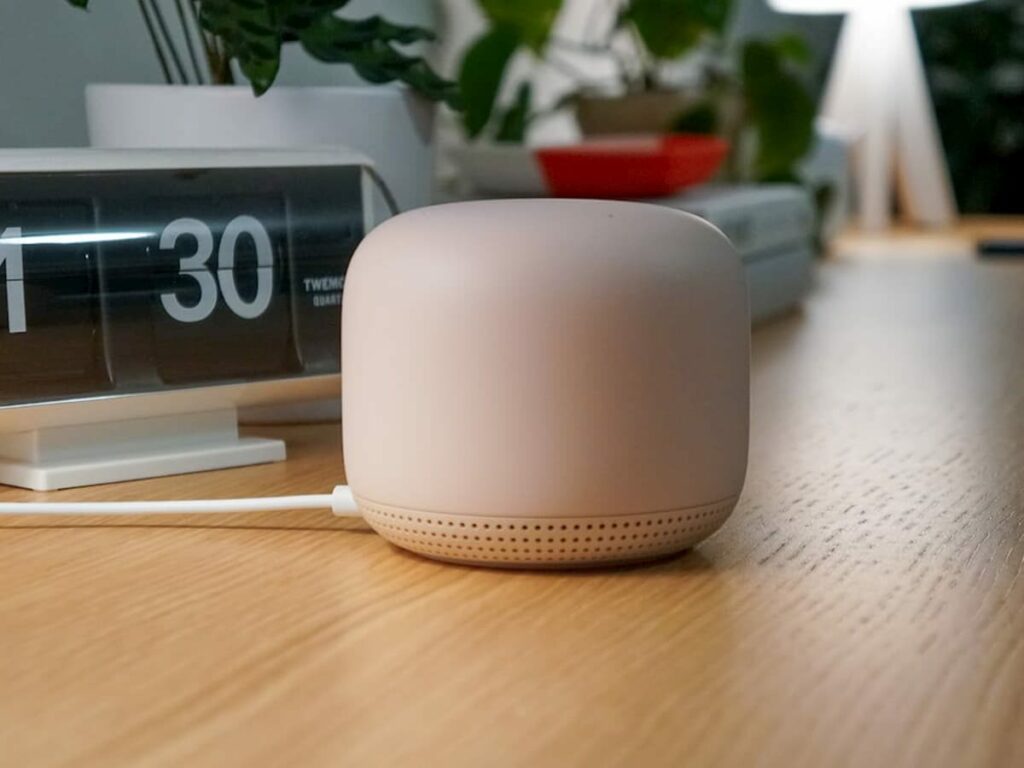The new Favorites section comes first. When you launch the app, the devices you have designated as favorites will be shown prominently. That includes camera feeds, and you won’t even need to tap into a device to access the live feed right away.
Devices, such as lights, cameras, and Wi-Fi access points, are organized into Spaces, which can be accessed by clicking the corresponding tab above this section. Although you won’t be able to make your own subcategories for things like “Pet Devices” until 2023, you’ll have access to these Spaces and can make them any way you wish.
The new media player can be found at the very bottom of the Home app and displays the currently playing media across all of your connected devices.
Because, according to Google, its users have been demanding a more satisfying camera experience, the company has put extra effort into enhancing the camera feeds available in the Home app.
You can jump into a certain camera to see a sped-up version of what happened during your absence, or you can delve further into the timeline to see a particular occurrence.

The revamped interface places home automation front and center, making it simpler to see what events can trigger your gadgets (like shutting off all the lights when you leave the house). Google has stated that it will soon add support for even more devices related to domestic chores.
Consider the case of the automated “Rise and Shine” system. A Philips Hue Motion Sensor can be set to activate the lights only when it senses motion, rather than waiting until 8 a.m. This can initiate a series of actions, such as turning on the music or the stove. If you’re looking for even more customization options, Google promises a Script Editor will roll out in 2019.
It’s not too late to sign up for an invite to try out the new Google Home app for iOS and Android before its public preview release in the coming weeks.
Read More: Xiaomi’s 12T Series Flagship Smartphones Are All About the Cameras
Updates to The Matter Protocol
Google has announced that it will include support for the new open-source smart-home standard Matter into a wide range of its products before its release later this year. The concept is that once you buy a smart-home device, you may use whichever voice assistant or platform you like to operate it, be it Alexa, Google Assistant, or Siri.
Also Read: How to Get Rid of A Virus on An Android Tablet: Know More!
Towards the end of the year, Google plans to integrate Matter support into Android. Phones can easily and rapidly set up a Matter accessory once they recognize it. By the end of 2022, the standard will be supported by the original Google Home as well as all subsequent Google Home products.



Comments are closed.